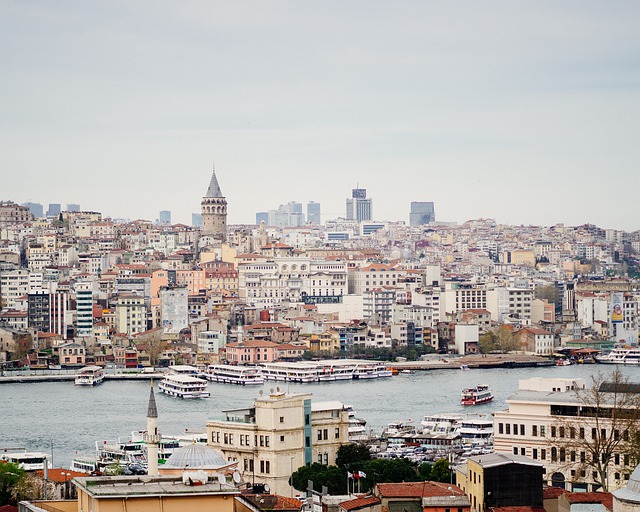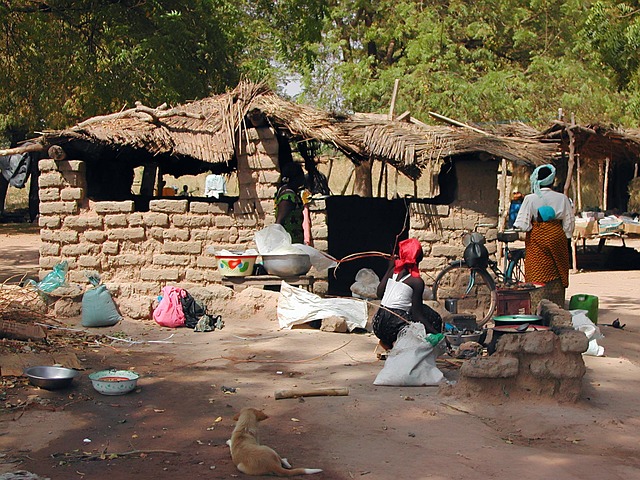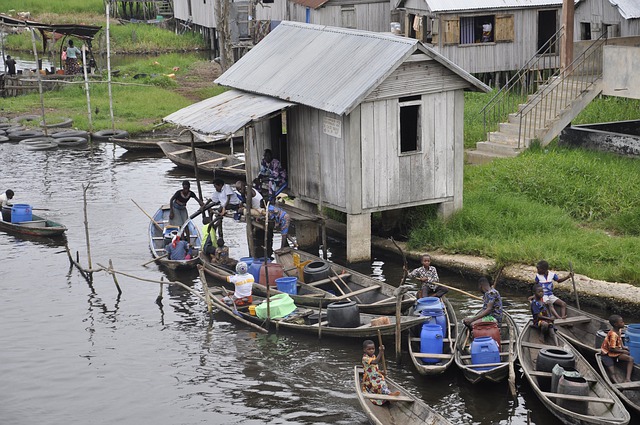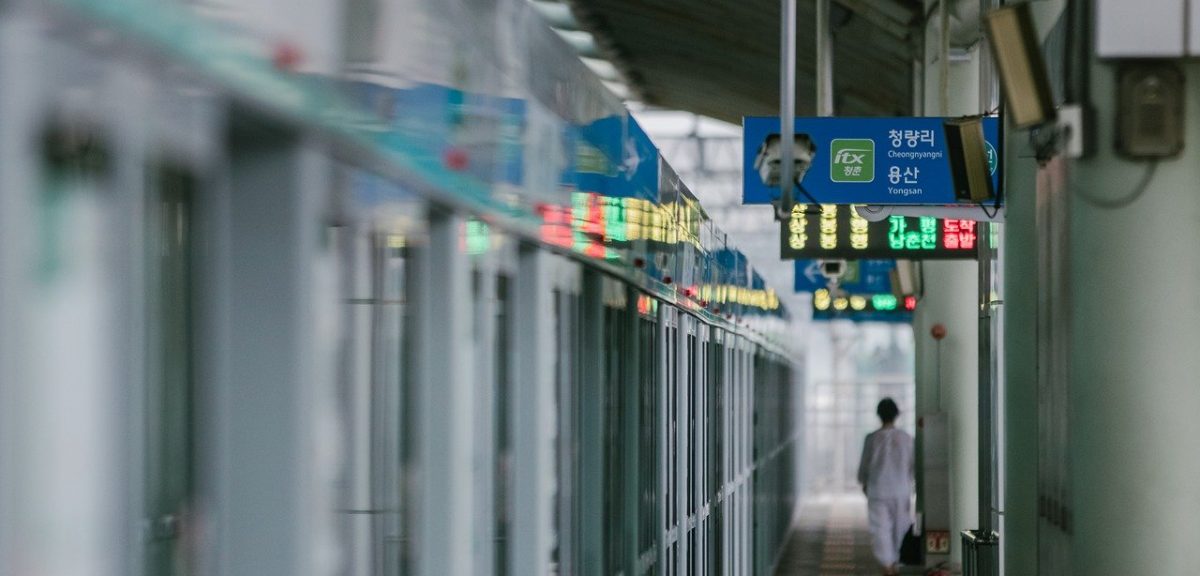Trying to figure out your next trip but have no clue where to start? Well, look no further, in this article we’ll be talking about a little bit about Turkey! And no, not the bird, the country. Here are some interesting facts about Turkey, that’ll hopefully inspire to either visit.
Turkey is a country located in Asia and Europe; the country is about 783,562km, which is pretty big, but still not as big as the USA measuring around 9,833,517 km, the capital is Ankara, and as of 2019, over 82 million people live there!
One of the earliest recorded of people who inhabited Turkey (also known as Asian Turkey, Asia Minor, and Anatolia) were the Hurrians and Hattians, they were non-Ido-European people, they lived around eastern Anatolia around 2300 Bc.
Another cool fact, the Anatolian Peninsula is not only one of the oldest permanently settled regions in the world, it also makes up for the grand majority of modern Turkey too.
Of course, the main language is Turkish, but other languages are spoken too, like Arabic, Kurmanji, and Zaza (many more of course). And the country is just packed full of history and places to visit, like Hagia Sophia, formally known as the Church of Hagia Sophia, a late-antique of worship in Istanbul (also one of the biggest cities) it’s a patriarchal cathedral of the imperial capital of Constantinople, being one of the largest Christian Church at the time of the Roman Empire). Then around in 1453, it was converted into a mosque, then a museum in 1935, and now in 2020 back into a mosque.
Or Ephesus, it was once an ancient Greek city built around the 10th century BC, by Greek colonists, it started to flourish after the Romans took control around 129 BC. The book of Revelations states that the city of Ephesus was one of the seven churches of Asia. This city was famed by the close-by temple of Artemis, the city was destroyed ages ago but some of the ruins remain to this day, like the Library of Celsus and the Odeon.
Another great site to visit while in Turkey is Mount Nemrut, being about 7,100 feet high, the summit from that peak is quite the view! It is said that the statues that lay about are royal tombs and those in itself are a beautiful sight, it’s clear that at this point you may want to charge your camera batteries, and possibly take a few extra ones, those pictures for the scrapbook are going to be postcard-worthy!
Want something more on the chill side? Try visiting the best beach Turkey has to offer, it is a true Blue Lagoon beauty! Just picture it, warm sun, soft sands, gorgeous hues of oranges and pinks painting the skies as you take that breath of fresh crisp air all while sipping on your favorite cocktail, and as if that alone wasn’t a deal maker, it’s close to an airport and water-taxies can take you to a nearby bays, I can go on but I get the feeling that you get where I’m going with this.
Point is, Turkey has amazing places to visit and explore, and those were just only a few of the things this beautiful country has to offer,
One of the great perks of living in Turkey is Universal Health Care! Residents of Turkey need to register with a Social Security Institution to have free health care, there are other private and public health care services too.
The Universal Health Care system covers a lot, from work-related injuries to vocational illnesses, it offers fertility treatments to women younger than 39, and that’s just only a few things listed, it offers much more!
Many of the main industries are your typical motor vehicle and automotive parts, household TV appliances, with the largest TV producer bing Vestel and Beko being it’s biggest competition, textiles and clothing, coal mining, and much more, this making Turkey one of the most advanced developed countries,
But of course, do to the COVID-19 pandemic mos of the places to visit and have changed quite a bit, some are still closed while others are slowly opening, so before you make any plans to visit or live, do your research and see which places are available to the public and what aren’t, and if they are open what are their rules and guidelines on COVID-19 safety.




